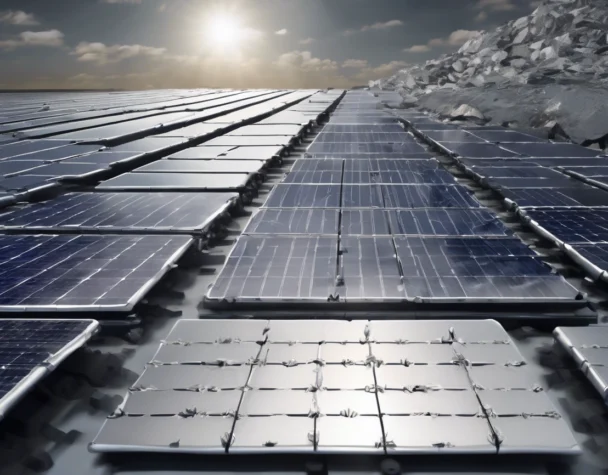
March 2025: Forecasting the Future of Silver Prices
Thu, March 06, 2025As we enter March 2025, investors and market analysts are closely monitoring the trajectory of silver prices. Known for its dual role as both an industrial metal and a precious investment asset, silver’s price fluctuations can indicate broader economic shifts. This article delves into the current trends and future predictions surrounding silver prices, exploring the interplay between economic indicators and potential impacts on its market value.
March 2025: Silver’s Value on the Rise?
Recent trends suggest that silver could be gearing up for a significant value increase in March 2025. Analysts point to a surge in demand from the renewable energy sector, where silver is essential for solar panel production. As global emphasis on green energy accelerates, silver’s role becomes increasingly pivotal, potentially driving prices upward. Moreover, geopolitical tensions have historically bolstered precious metals as safe-haven assets, and current global instabilities are no exception, adding further upward pressure on silver prices.
Investor sentiment is also shifting in favor of silver, evidenced by increased activity in silver futures and options. Market volatility often leads to enhanced investor interest in silver as a hedge against inflation and currency devaluation. With central banks around the world adjusting interest rates in response to inflationary pressures, precious metals like silver are becoming more attractive to investors looking for stability in uncertain economic times.
However, while the bullish factors seem to dominate, it is crucial to consider potential headwinds. Technological advancements could reduce the amount of silver required in industrial applications, and any slowdown in global economic growth could dampen industrial demand for the metal. These factors could temper the potential price rises, making the trajectory of silver’s value by end of March 2025 less certain.
Economic Indicators and Silver Price Trends
Economic indicators are invaluable tools for predicting commodities prices, and silver is no exception. One key indicator is industrial production rates, particularly in sectors that heavily use silver, like technology and healthcare. As these industries expand, the demand for silver typically increases, pushing up its price. Additionally, the strength of the U.S. dollar plays a crucial role; a weaker dollar makes silver cheaper for holders of other currencies, thereby potentially increasing demand and driving up prices.
Monetary policies, especially those related to interest rates and quantitative easing, also significantly impact silver prices. Lower interest rates decrease the opportunity cost of holding non-yielding assets like silver, making it more appealing to investors. With several major central banks hinting at maintaining or cutting rates in response to global economic challenges, silver could benefit from this prolonged period of low interest rates.
Lastly, it’s essential to monitor silver supply dynamics. Mining output and recycling rates contribute to the overall supply and hence affect prices. Recent disruptions in mining activities in key silver-producing countries have led to concerns about short-term supply shortages. If these disruptions continue, they could contribute to a tightening in silver supply, potentially driving prices upward as demand outstrips available stock.
As we head in to March 2025, the future of silver prices appears to be influenced by a complex array of factors. While the rising demand from burgeoning industries and geopolitical uncertainties suggest a bullish outlook, advancements in technology and potential economic slowdowns could pose challenges. Economic indicators such as industrial production, monetary policies, and supply dynamics will be critical in shaping the market. Investors should keep a keen eye on these trends as they navigate the volatile yet potentially lucrative silver market.

